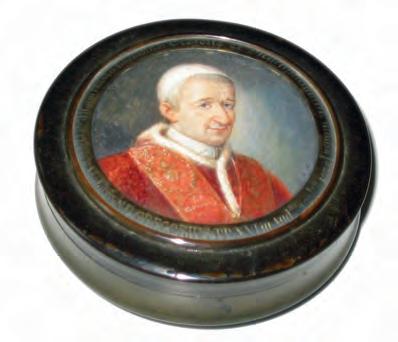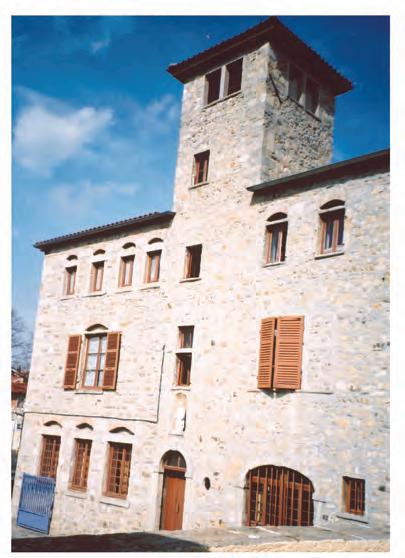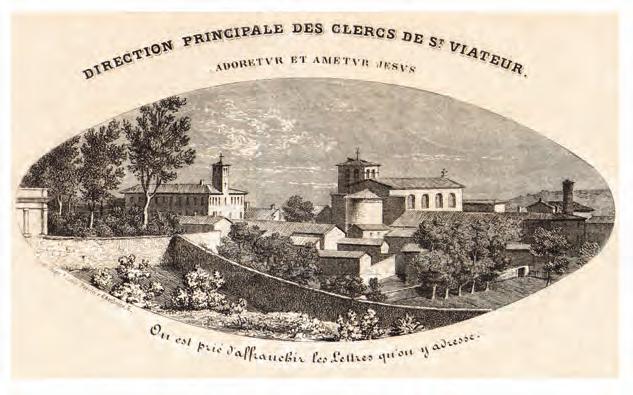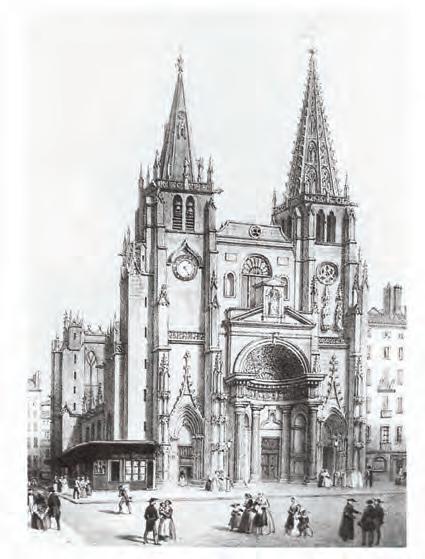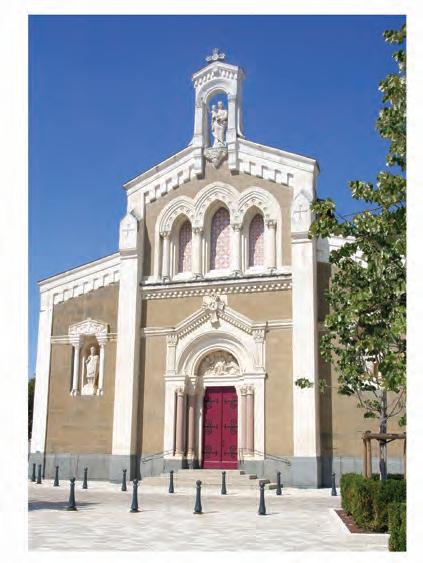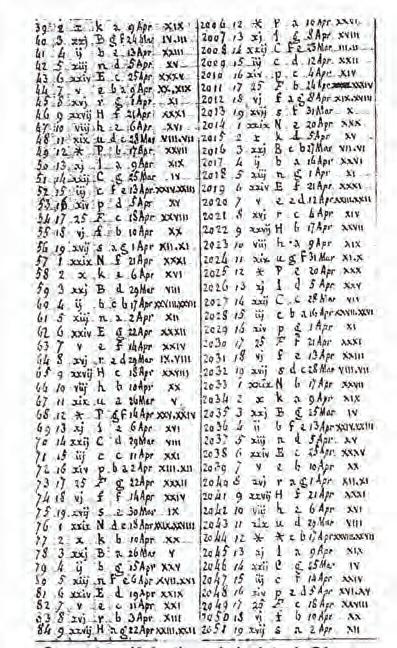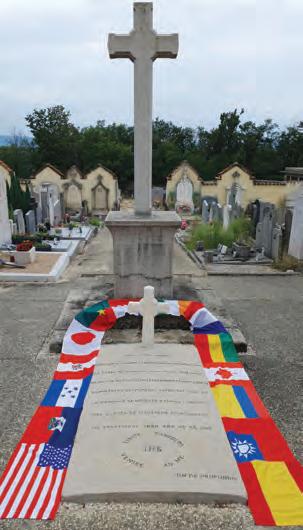
4 minute read
The Superior
The Superior
From this point on, the story of Fr. Louis Querbes and the history of the congregation are for the most part one and the same: its growing pains and the question of structures; its failures and its successes. Those 20 years of hard work and constant worries in many areas also brought well-earned satisfactions. The whole time that he was Superior, Louis Querbes remained in his post as the pastor of Vourles – and this was a real job, not an honorary one – even though he had the help of an assistant priest. He remained the pastor of the parish and participated in various church meetings for his sought-after talks and as a guest preacher. He was well-known to the families of Vourles, and he was sought out for all types of help. Leading a young congregation entailed a lot of worries. The novitiate opened in June 1839 and welcomed many candidates with Br. Pierre Liauthaud as the novice master and with the assistance of the Jesuits of Lyon. The congregation relied mainly on gifts collected by a lay-operated office in Lyon, but most of the donations at the time went to the victims of the devastating floods that ravaged the region in November 1840, thus depriving the congregation of resources. The novitiate was interrupted for more than a year. A second disappointment came from the Diocese of Nevers where a house of formation was opened and some local communities were created. There was hope for growth, but the recruits were not solid, and the schools were barely supported by the clergy, so the hoped-for development did not happen. Several days after the opening of the novitiate, two Americans arrived in Vourles, sent by Bishop Rosati, Bishop of St. Louis, to be trained in the religious life and to return to the United States with French confreres. The Bishop had sent them first to the Marist Brothers, but Bishop Cholleton, the
Advertisement
Louis Querbes
Photography of an Old and Lost Daguerreotype (around 1848-1849, ACSV)
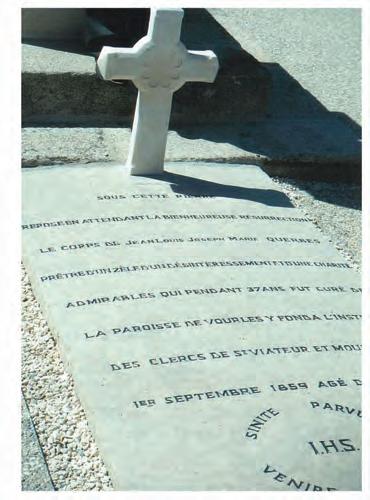
The Grave of Fr. Querbes (ACSV) Vicar General, sent them instead to the Clerics of Saint Viator. Father Querbes found himself in charge of an unexpected foundation that was created too early. He accepted it. It was not a success: divisions among the religious, the death of Bishop Rosati and the inability of his successor to find a place for the religious conspired toward the rapid failure of the foundation. One of the main challenges arose in 1843-1844. Two civil authorities, Villemain and Salvandy, threatened to suppress every school directed by the Clerics of Saint Viator except for the academy of Lyon. Several unapproved schools had been opened in “departments” where the Association had no right to do it. The Minister decided very reluctantly to suspend his resistance, on the condition that there would be no further unapproved openings. To prevent having religious without an assignment, Fr. Querbes accepted in 1844, the request of Bishop Borghi, Bishop of Agra, to send some religious to India to open a boarding school for the sons of colonists and to open an orphanage for the local people. But it ended in failure. Fortunately, the history of the young congregation was not limited to setbacks. In 1844, the merger of a small congregation, the Brothers of Saint Odilon of Saint Flour, with that of Saint Viator brought in some good members and slow but sure growth in the Massif Central region. In 1847, three religious left for Canada, and very quickly the Canadian branch grew thanks to the support of Bishop Bourget, Bishop of Montreal. In 1851, benefiting from a favorable interpretation of the Falloux Law, the congregation was approved to spread to the whole country of France. An additional merger with the Brothers of Saint John in 1854 led to several openings in the Diocese of Rodez. The way Louis Querbes managed the congregation sometimes baffled people: correspondence often left unanswered, meetings rarely convened, difficulties with his assistants Br. Liauthaud and Fr. Faure, for a long time putting off writing the commentary of the statutes that the religious strongly required, etc. On the other hand, he was a very busy superior: the parish, visits to the communities from Saône-et-Loire to the Midi, the editing of several manuscripts; all that took up too much of his time, time which was also reduced due to periods of sickness. It is true that he probably had more difficulty functioning as superior of a congregation than as a founder. When founding an association whose statutory director was the pastor of Vourles, Fr. Querbes had never envisioned being the superior for life. It was only slowly that he became Superior General for life of a religious congregation. In 1853, his first bout with diabetes sidelined him for some time. Other bouts followed until the worst and most serious kept him in bed for several months at the beginning of January 1859, and after a short pause, the illness struck again and he died on September 1, 1859. By then, the congregation had 250 members in four locations (Vourles, Saint Flour, Canada and Rodez). 10

